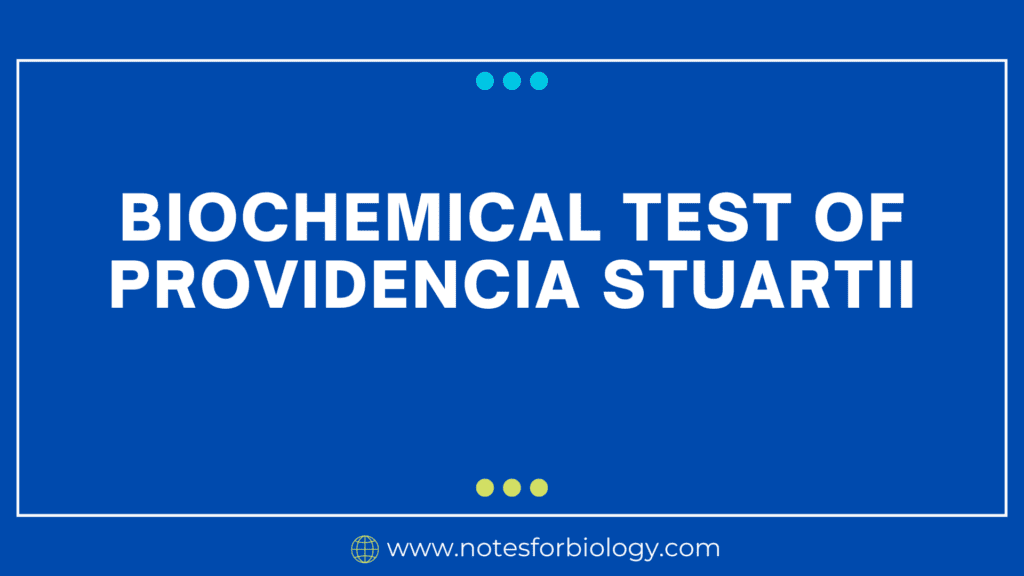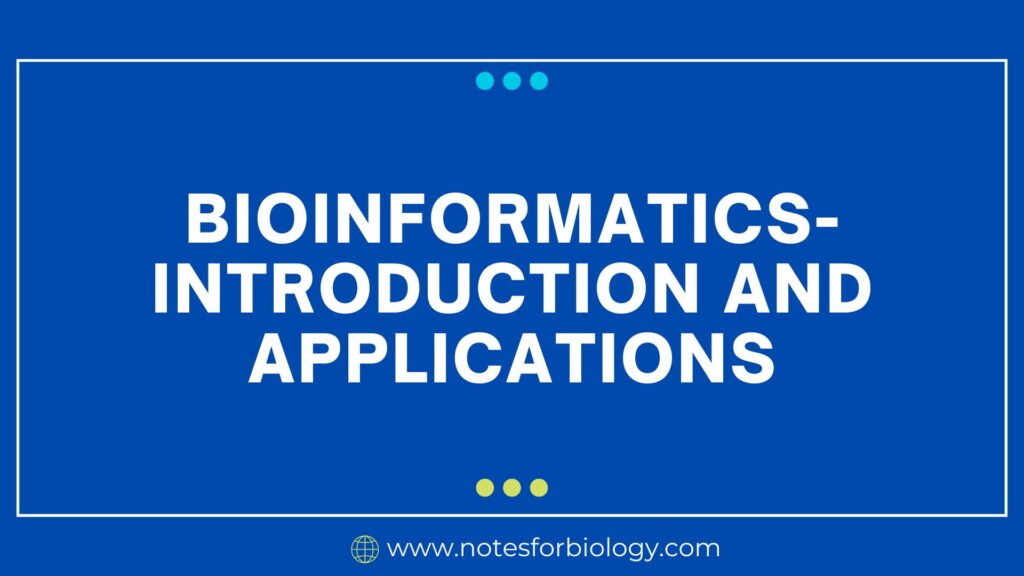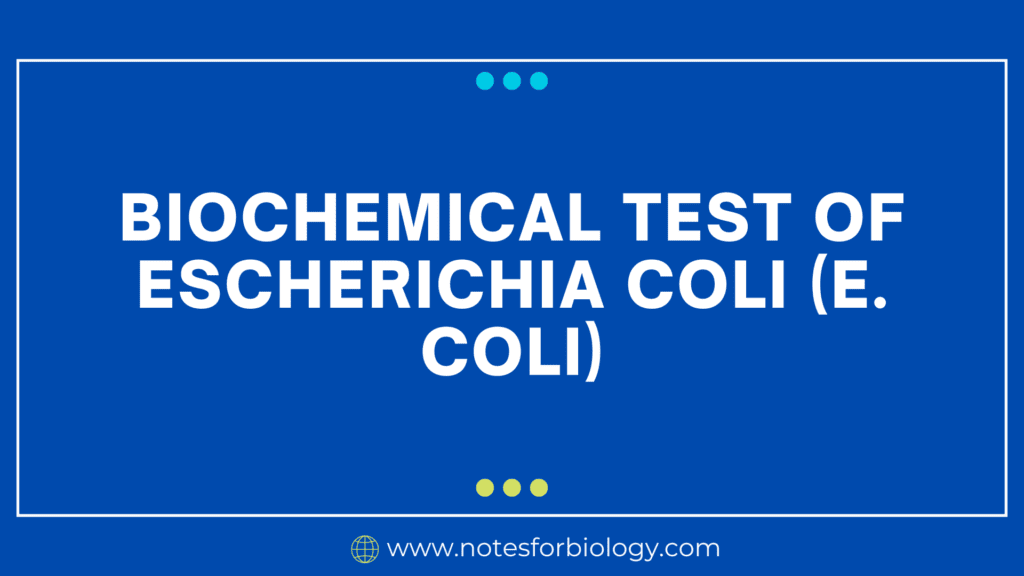Biochemical Test of Streptococcus pyogenes
Streptococcus pyogenes Gram-positive is a major human pathogen that causes a range of infections from pharyngitis (strep throat) to more serious conditions like rheumatic fever and necrotizing fasciitis. Several biochemical assays are used in clinical laboratories to reliably identify S. pyogenes. Group A Streptococcus (GAS), or Streptococcus pyogenes, is an important pathogen that causes a […]










